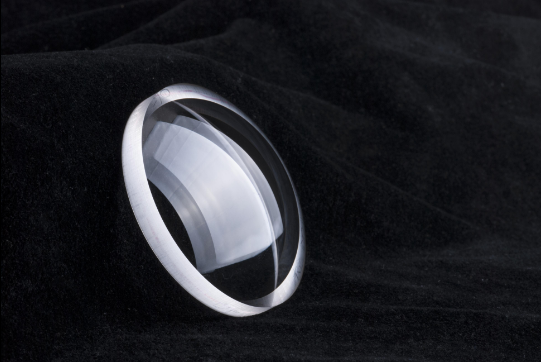Enterprise name:Huaian Dong Sheng Photoelectric Instrument Co., Ltd.
Contact: Wang Li
Telephone:0517-83852182
Mobile phone:15252390568
Mailbox:976723966@qq.com
Fax:
Address: No. 9, Haikou Road, Huaian economic and technological development area.
Website:www.zgdsgd.cn
Optical lens grinding is a very particular thing, from the process to the utensils, to the final effect, and so on. Today the telescope manufacturers have to take a detailed knowledge of the knowledge about this.
First, the purpose and basic principle of grinding
1. Objective:
(1) remove the grinding damaged layer to meet the specified appearance limit requirements.
(2) finish the surface shape to achieve the R value of the curvature radius specified on the circular surface, which meets the NR requirement of the face number and the curvature tolerance of the aperture.
2, the basic principle: through mechanical movement, through the grinding dish, the chemical interaction between the abrasive and glass, so as to achieve the purpose of precision polishing.

Two. The types and uses of the necessary fixtures
Species:
1. grind dish: used to polish the lens
2. jig: used to fill the lens and finish grinding
3. relay jig: the head between the dish and the machine can adjust the coaxiality and height.
4. Petri dish: used to repair the accuracy of the drills
5. drilled Petri dish: used to correct the precision of the abrasive dish. (the drilled dish is a curvature surface or a curved surface of curvature attached to a diamond and diamond particle material. The precision is generally a plate +2, a negative plate 0~-1, and the use of the grinding skin is repaired).
The main control point of grinding:
1. whether there are fixtures, scars, sand spots, ruptures, frog skins and corrosion.
Is the accuracy of
2. sides Yayse, pendant and surface number in the standard?
3. whether or not the amount of grinding is in the standard
Asias - surface accuracy deviation in astigmatism (ellipse, saddle, column), local irregular aperture (middle, high, low, vertical side).
Medium high - when the lens is in contact with the original device, the middle and small aperture is too thick, and the center protruding is concave when drawing the edge. The ellipsoid appears when drawing the edge 1/2.
Medium low - when the lens contacts with the original device, it coincides completely. The center aperture is too narrow, too dense, and the center protruding outward when drawing the edge. Ellipse will appear when 1/2 is connected to the center.
Corrosion, usually called corrosion, is a phenomenon of lump, dot and fog caused by chemical reactions between the surface of an optical lens and the water or other substances in the outside air.